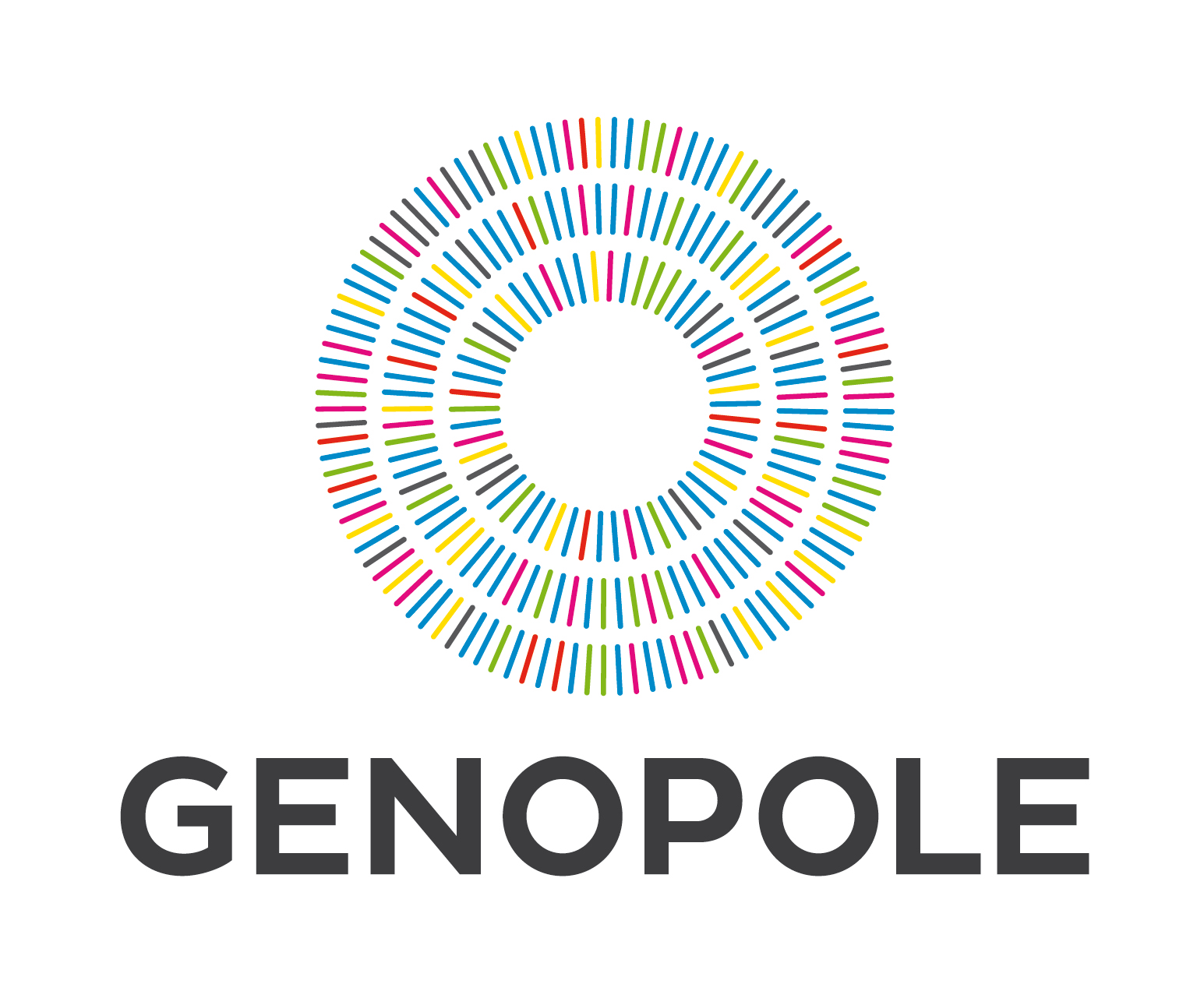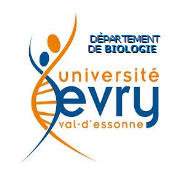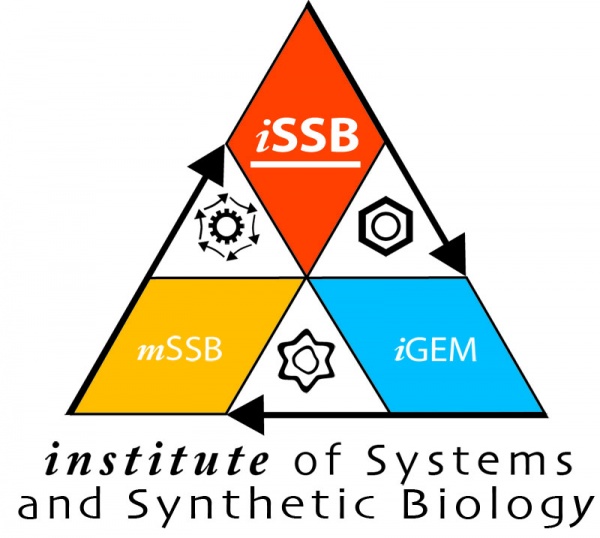Team:Evry/Project
From 2013.igem.org
Overal project
Abstract
This year, our project focuses on hematological disorders. More specifically, we focus on diseases that are subsequent to an iron overload such as hemochromatosis and thalassemia. For hereditary hemochromatosis, the symptoms are due to the overabsorption of iron from the duodenum by the mutation of the HFE protein. However, in case of thalassemia, patients excessively absorb iron because of a subsequent metabolic perturbation.
Nowadays, the iron overload is mainly treated by bloodlettings for hemochromatosic patients but cannot be extended to thalassemic patients who suffer from anaemia. The aim of our project is to prevent the intestinal absorption of iron, thus acting directly at the source.
Using the Ferric Uptake Regulation (FUR) system that controls siderophore biosynthesis (iron chelator), we engineer Escherichia coli in order to produce these siderophores in response of high concentrations of iron. To reduce the patient's iron absorption, our bacteria will be placed in a capsule and will be ingested during a meal. Once it will arrive in the duodenum, our bacteria will produce the siderophore at their full potential and chelate the iron.
Iron metabolism

Iron intestinal absorption by the duodenum
Related diseases
Hemochromatosis is a genetic disease responsible for an abnormal iron overload in blood and has a occurence of 1/30000 in Europe. The illness is due to a mutation on the HFE protein which leads to a massive iron absorption by the intestins. In fact, the duodenum is insensitive to the hepcidin hormon, normally responsible for the shutdown of iron absorption. As a consequence, there is a massive entry of iron. Our body is only able to regulate the flux by shutting down its absorption. As a consequence, it starts to stock the iron in all the tissues, leading to chronic insufficiencies. Nowadays, the only effective way to treat hemochromatosis is by bleed draining. This treatment is invasive and archaic compared to the actual advances in the medical field.
Thalassemia is also a genetic disease and frequently encountered around the mediterranean sea. The mutations on the hemoglobin monomers reduces the amount of oxygen transported at the scale of the red cells, thus leading to mild or severe anemia. The lack of effective red cells in the oxygen transport results in the fake signal of low iron centration in blood, thus inducting overabsorption from the duodenum. Also, since the patient all have anemia, blood withdrawal is obviously not the way to treat them. The only solutions are the use of iron chelators, with severe side effects, and blood transfusions, which ironically lead to an iron overload.
Our project
Bloodletting consists of the withdrawal of blood for therapeutic purposes. It is one of the oldest medical techniques and is nowadays abandonned. However in hematology, bloodletting (also known as phlebotomy) seems to remain the only reliable solution to cure hemochromatosis and thalassemia. Both are genetic diseases diseases and consist of an iron overload. The iron ion is toxic due to its oxidative potential, and thus, has a very smooth regulation mechanism. In fact, the organism only absorbs the required amount of iron from the intestins. The pathogenic mechanism is due to a seemingly low iron rate in the organism and permanantly activate the absorption system by the instestins, thus leading to an iron overload. The consequences are mainly chronic insufficiencies (renal, hepatic, cardiac, ...). Despite the true efficiency of bloodletting, some patients cannot bear this archaic way of treating their disease. As a consequence, we decided to design an Escherichia coli capable of chelating iron in the intestins: Iron Coli. The bacterium will lower the amount of iron absorbed by the duodenum and reduce the frequency of bloodlettings. Also, certain patients are treated with iron chelators which have a lot of side effects. The reduction of iron absorption by Iron Coli will allow lower drug concentrations and improve the patient's comfort.
Targets
Constructions
Our goal is to lower the iron absorption from the intestins to the blood by using an iron chelating bacteria, Iron Coli. The objective of the labwork is to design an iron-sensible promoter with FUR and overexpress the enterobactin synthesis pathway in the presence of iron.
Before going in the detail of our construction, we needed a iron marker in E. coli. Thus, we selected the FUR protein which negatively regulates the downstream genes. It is used in the iron regulation of the bacterium and smoothly shuts down the production ot siderophores, natural chelators of iron in the environment in iron depletion situation. When the concentration of iron exceeds 10^-6, the FUR proteins binds the ion, dimerizes and its inhibitory mechanism is activated. Below this threshold, the FUR protein's inhibition is suppressed and indirectly activates the downstream genes.


Project progression
Part 1
Bacteria engineering and reversed Fur system for iron sensing
Part 2
Modeling on bacteria interaction with duodenum.
The Experiments
Part 3
Results
 "
"













